10 myths about the Middle Ages that everyone still believes in
Categories: History
By Pictolic https://pictolic.com/article/10-myths-about-the-middle-ages-that-everyone-still-believes-in.htmlMost of our knowledge about the Middle Ages is based on fantasy books and TV series, as well as books by Dan Brown. Therefore, some of the facts that come to our mind with the words "The Middle Ages" are just replicated myths.
The Middle Ages is a very large historical period that began with the fall of the Roman Empire in 476 and lasted until about the XIV century. Perhaps some of our beliefs were true. But we decided to debunk the most popular misconceptions.
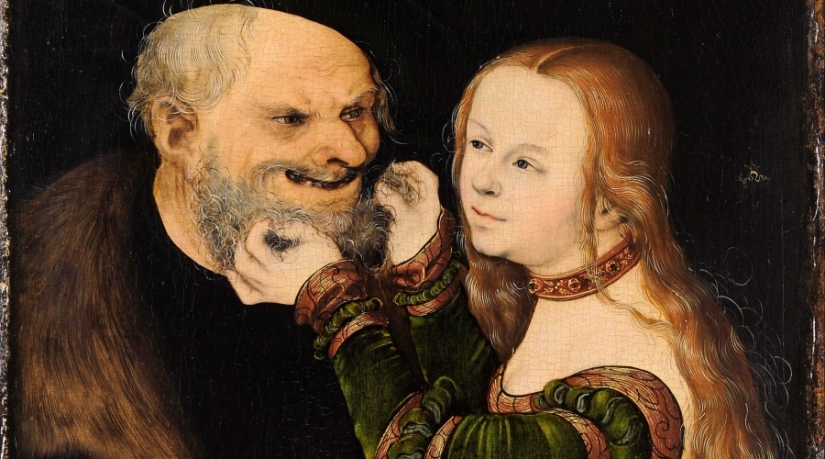
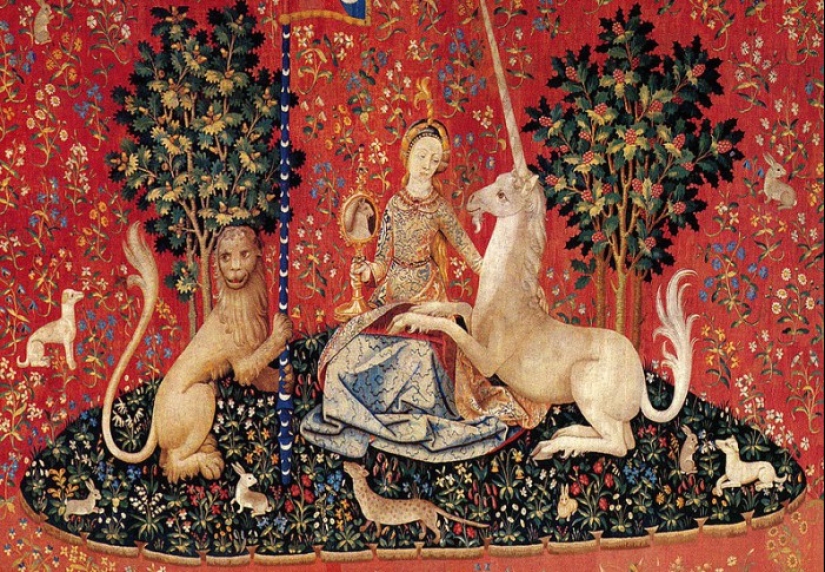
Many believe that strict religious beliefs together with diseases like the plague in the Middle Ages did not allow the development of scientific thought and progress. This era is even called the "Dark Ages".
In fact, thanks to the medieval church, educational programs appeared that included mathematics and other sciences. The Bible was reinterpreted as a guide to the knowledge of the world, and the gap between the ancient level of science and the current one was narrowing. In the Middle Ages, printing, water and windmills, glasses, and a magnetic compass were invented. The church participated in many of these discoveries in one way or another. So religion did not slow down progress and even accelerated it.
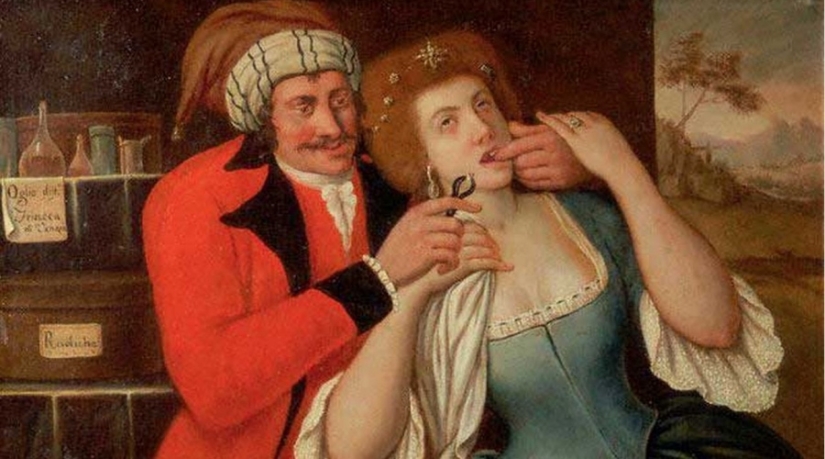
Dentistry is still considered a form of torture even now, so it seems that it belongs in the Middle Ages. However, we forget that our ancestors did not have such access to sugar, so their teeth were much healthier than ours. At the same time, scientists examined the jaws of people from the Middle Ages and found out that they cleaned and removed teeth using professional tools.
In the early 1400s, Italian professor Giovanni de Arcoli wrote a treatise on dental care, where he proved that the main modern methods of dentists were used even then. He even told me how to save a rotting tooth by filling it with gold.
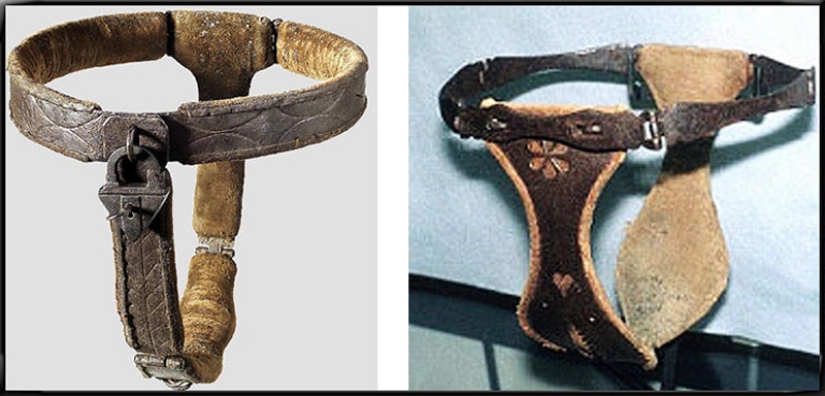
Everyone knows the myth of warriors who, before a long campaign, left metal shackles like cowards on their wives so as not to doubt their loyalty. In fact, the image of the chastity belt appeared in 1405 as a joke. The author of the picture was referring to the ancient Roman wedding tradition of tying the bride's waist with a belt as a sign of chastity.
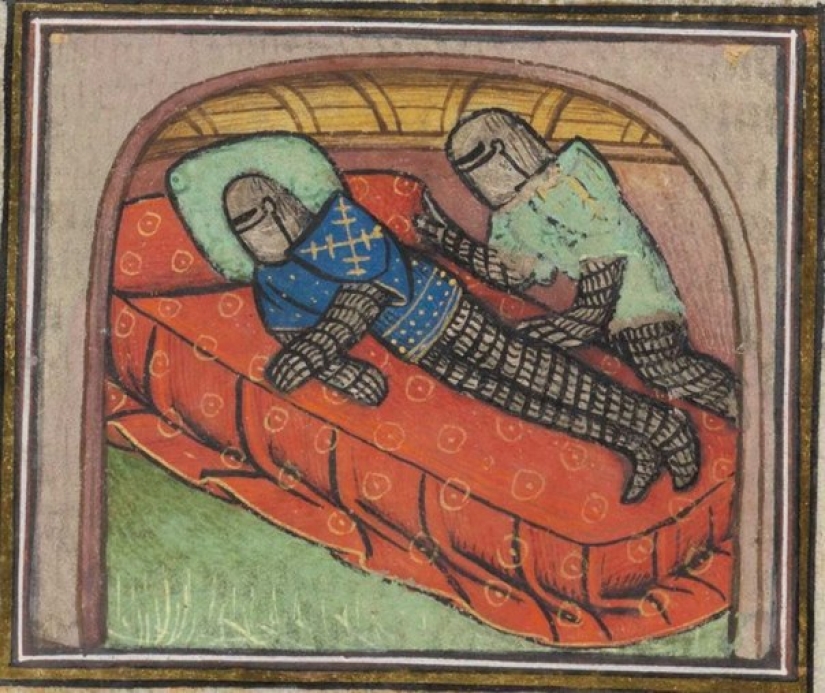
The usual misconception is that the inhabitants of the "Dark Ages" considered the Earth to be flat and only in the age of Enlightenment did people's views change. In fact, people began to understand that the Earth is not a disk, already in the sixth century BC. And the writer Washington Irving is to blame for the widespread modern myth, who stated in the "History of the Life and Travels of Christopher Columbus" that people of the pre-Columbian era considered the Earth to be flat.
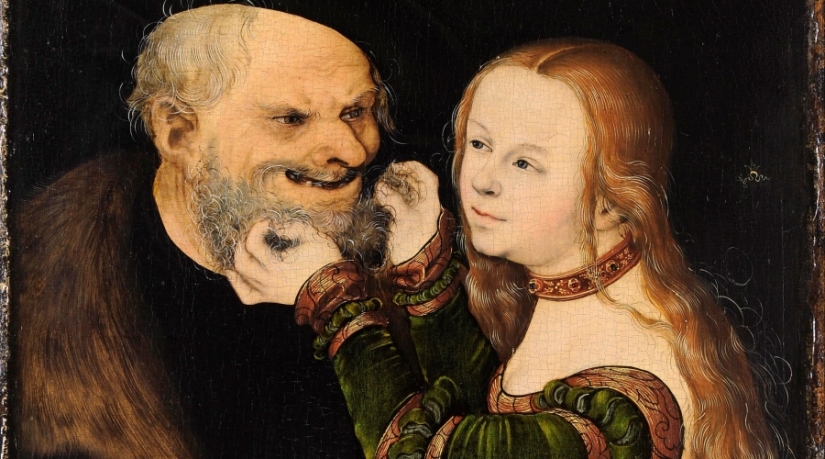
The right of the first night is the right of an influential person or a representative of the authorities to deprive the bride of her vassal of virginity. This is a frequent plot of films and books about the Middle Ages. In fact, there is no evidence of this tradition, and for the first time the myth appeared in the Sumerian tales of Gilgamesh.
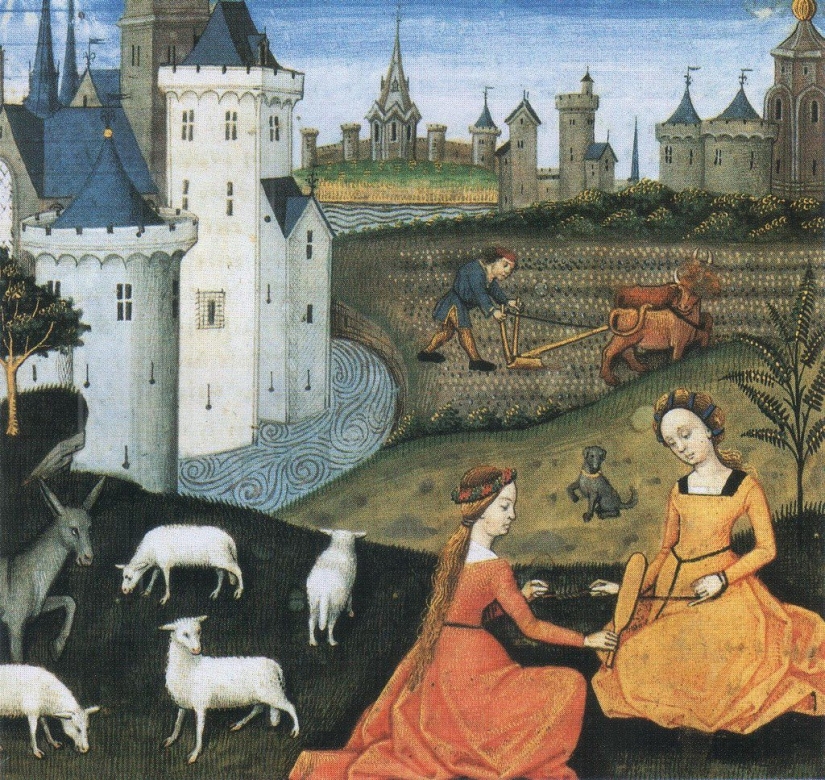
In typical films about the Middle Ages, women do nothing but give birth, cook and die young. In fact, in the Middle Ages, women did not shun men's work and were full-fledged members of society. They took care of the harvest, worked in industry - from weaving manufactories to confectionery factories, managed family shops, taverns and hotels. Even the main positions in power were available to them: women became queens and ruled monasteries - centers of medieval life. When the population of London halved after the plague, business, including brewing, was taken over by widows.
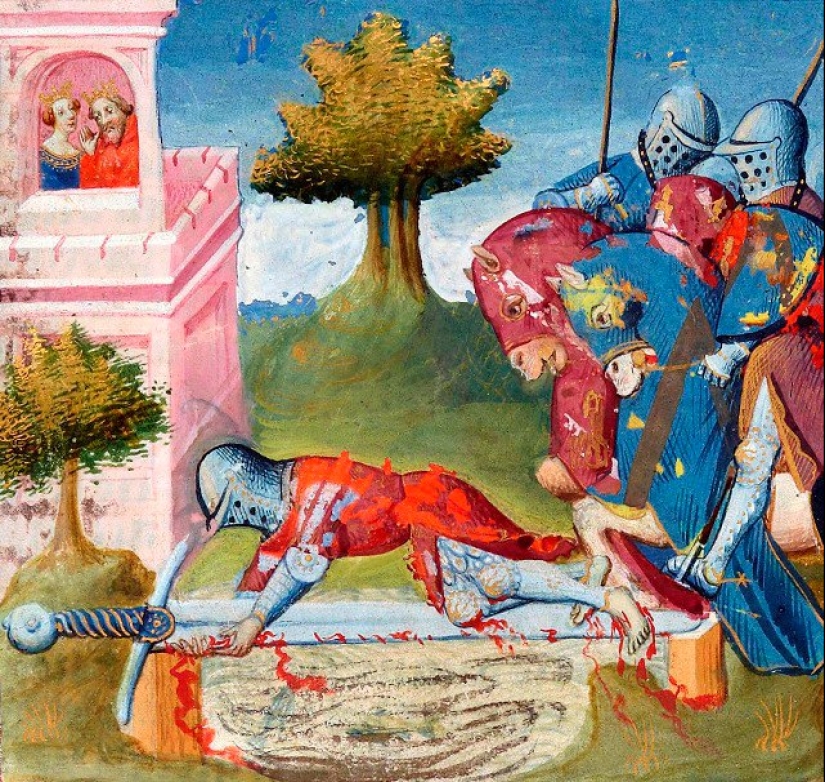
It is clear where this myth came from: life in the Middle Ages was much more dangerous than today. But there is a difference between life expectancy and life expectancy. The first number is the life of a particular person, and the second is an average statistical indicator, and it was equal to only 30 years due to high infant mortality.
Imagine a family of two parents and four children. The first child dies shortly after birth, the second one lives to 70, and the parents die at 35 and 60. Thus, the average life expectancy in this family is 41 years. But this does not mean that after 40, everyone died all over the place. If a person survived in childhood, then he could well live to 70 years.
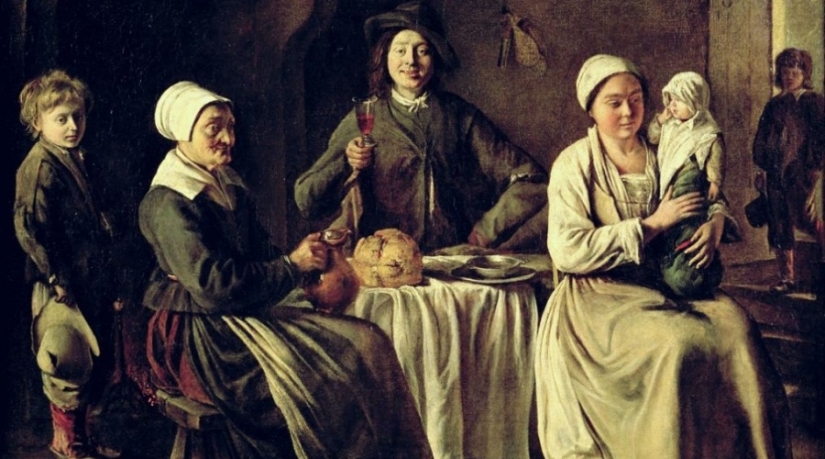
In fact, medieval people did not drink as much alcohol as we think. Most cities were then built near large sources of fresh water. Only industrial facilities that worked with dyes were dangerous, but their managers were forbidden to dump waste into reservoirs. So there was nothing wrong with the water. Beer was also loved then, but it was much weaker than the modern one, and they drank it mainly to quench their thirst during hard work.

It seems that the doctors of that time were completely inadequate and could saw off a part of a man's skull to rid him of an evil spirit. In fact, medical knowledge was quite reasonable. We even now use some modified medieval practices — for example, for the treatment of burns or the destruction of viruses. It was in the Middle Ages that they came up with the idea of examining physiological fluids in order to diagnose a person.
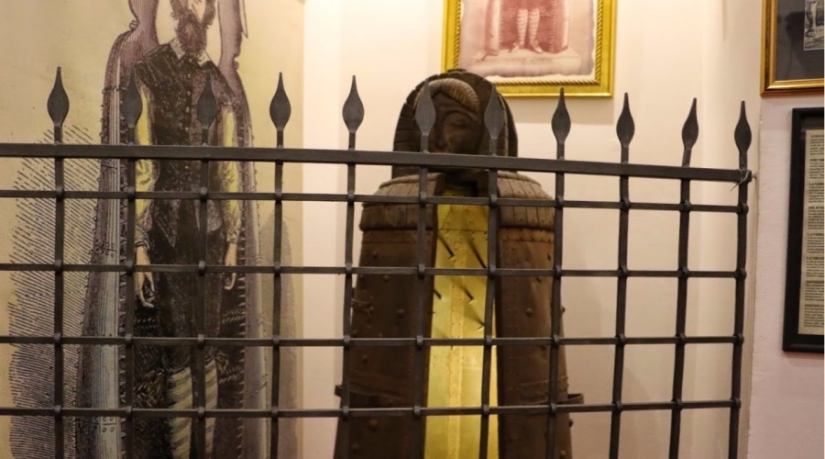
When the word "Middle Ages" immediately recalls the torture, and with them - a device called "Iron Maiden". Fortunately, this is just a fiction. For the first time, the "Virgin" was written in the XVIII century, referring to the execution of 1515, although most of the stories about medieval torture date back to a later time, and there is practically no real evidence of them.
Recent articles

Most of us think that the color of the eggshell does not play any role and it is possible not to pay attention. But it's not and ...

The more we rely on technology, the more potential power hackers gain over us. It doesn't matter if their goal is to help or cause ...

Creating a good portrait is one of the most difficult tasks for any photographer. In order to make a really natural and memorable ...